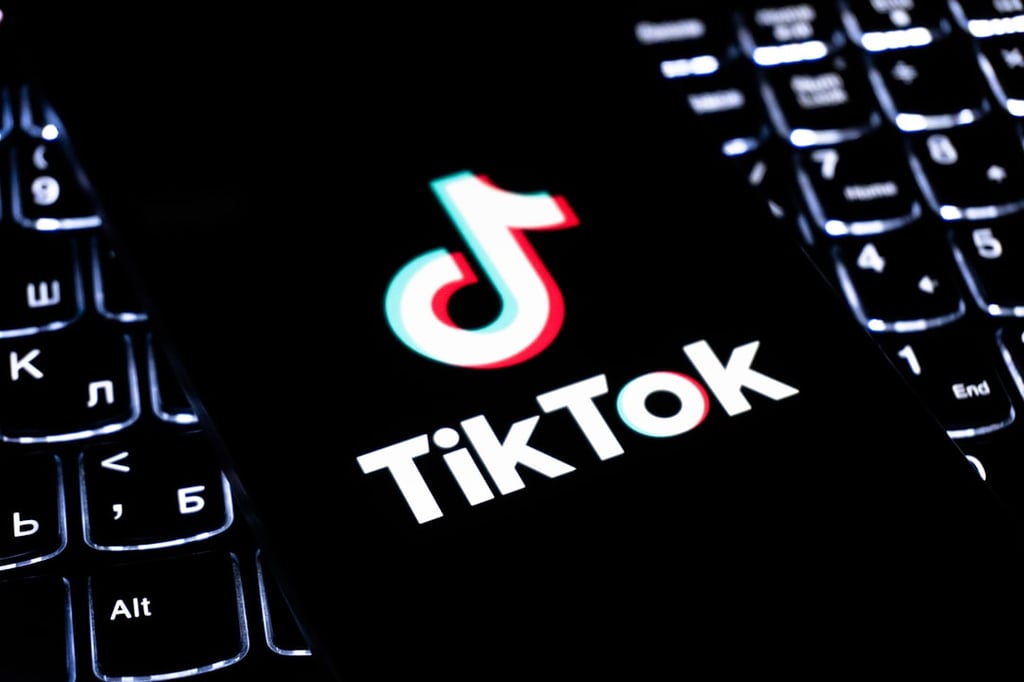Datamation content and product recommendations are
editorially independent. We may make money when you click on links
to our partners.
Learn More
Google’s foray into mobile operating systems, courtesy of its Android software, could mean more than another challenger to the popular Apple iPhone: It could prove to be the ultimate game-changer in a market already undergoing tremendous upheaval, according to a new report.
That’s the premise of an ABI Research note released this week in which analyst Kevin Burden said he believes Android, which was designed by the Google-led Open Handset Alliance (OHA), could replace the operating systems in hundreds of mobile phone handsets, particularly those below the standards of a full-featured smartphone.
The report signals that Android, while only a recent entry into the mobile phone industry, may be poised to turn the industry on its head, forcing wireless carriers and handset makers to alter their strategies. In turn, that further inflame an industry already seeking to cope with carrier pricing wars and an influx of new trends like downloadable applications and high-end, high-powered smartphones.
So why is Android poised to shake things up further? Burden told InternetNews.com that the open source OS stands a chance of dominating the handset software market in part because of its wide support. In addition to Google (NASDAQ: GOOG) and the G1’s U.S. carrier, T-Mobile, other OHA members include Qualcomm, LG Electronics, Intel, Sprint Nextel and Motorola. Motorola (NYSE: MOT), in particular, has been rumored to be beefing up its support for Android development efforts.
Then there’s the pledge by Google and its device carrier, T-Mobile, to push openness as far as possible, making the platform appealing to third-party developers and for carriers, who can customize it to their liking.
Burden added that Google’s brand power, and the fact that it’s not aiming to be a mobile handset maker are also prime reasons for Android’s likely rise.
That stands in contrast to players like Nokia. While heavily invested in mobile software, the Finnish company is the world’s largest handset manufacturer and could lag behind Android simply because of its own deep involvement in hardware sales.
Granted, Burden said, Nokia (NYSE: NOK) also appears to be realizing the benefit of open source. In recent months, it bought out its partners’ shares in the Symbian mobile OS and announced plans to open it to outside developers, similarly to Android.
“Nokia’s starting to see that potential and is going open with Symbian for similar reasons,” he told InternetNews.com. “But Google is focused on the mobile application, not just building handsets.”
At stake could be the broad market for real-time mobile operating systems. Real-time operating systems are a category of multitasking OSes used for mobile phone handsets as well as in a wide variety of other applications, including network carriers’ servers, programmable thermostats and spacecraft applications.
There are currently about 200 to 300 real-time OSes being used for low- to mid-tier mobile phones, Burden said — systems that typically don’t provide the deep Web and communications features found on smartphone platforms such as Windows Mobile, Symbian and others.
In recent months, much of the focus has been on smartphones, which typically carry a higher price tag and can lead to additional revenues for carrier partners, thanks to features like 3G network support. But while they’re also seen as a major growth area, smartphones today represent only a thin slice of the market.
On the other hand, if Google is able to bring Android to mass-market phones, there’s also the chance for it to spread some smartphone-like features beyond the high-end, Burden said.
“Android could revolutionize the mobile phone by providing one platform that would bring those phones up to the smartphone feature level,” he said.
Burden acknowledged that convincing carriers and handset makers to make such a change would be a “huge” endeavor, but it could and can be done. One aspect that may make the task easier is that standardization could provide benefits for carriers and handset makers like simplified manageability at the technical level and greater ease in marketing services to subscribers, Burden said.
This article was first published on InternetNews.com.
-
Huawei’s AI Update: Things Are Moving Faster Than We Think
FEATURE | By Rob Enderle,
December 04, 2020
-
Keeping Machine Learning Algorithms Honest in the ‘Ethics-First’ Era
ARTIFICIAL INTELLIGENCE | By Guest Author,
November 18, 2020
-
Key Trends in Chatbots and RPA
FEATURE | By Guest Author,
November 10, 2020
-
Top 10 AIOps Companies
FEATURE | By Samuel Greengard,
November 05, 2020
-
What is Text Analysis?
ARTIFICIAL INTELLIGENCE | By Guest Author,
November 02, 2020
-
How Intel’s Work With Autonomous Cars Could Redefine General Purpose AI
ARTIFICIAL INTELLIGENCE | By Rob Enderle,
October 29, 2020
-
Dell Technologies World: Weaving Together Human And Machine Interaction For AI And Robotics
ARTIFICIAL INTELLIGENCE | By Rob Enderle,
October 23, 2020
-
The Super Moderator, or How IBM Project Debater Could Save Social Media
FEATURE | By Rob Enderle,
October 16, 2020
-
Top 10 Chatbot Platforms
FEATURE | By Cynthia Harvey,
October 07, 2020
-
Finding a Career Path in AI
ARTIFICIAL INTELLIGENCE | By Guest Author,
October 05, 2020
-
CIOs Discuss the Promise of AI and Data Science
FEATURE | By Guest Author,
September 25, 2020
-
Microsoft Is Building An AI Product That Could Predict The Future
FEATURE | By Rob Enderle,
September 25, 2020
-
Top 10 Machine Learning Companies 2020
FEATURE | By Cynthia Harvey,
September 22, 2020
-
NVIDIA and ARM: Massively Changing The AI Landscape
ARTIFICIAL INTELLIGENCE | By Rob Enderle,
September 18, 2020
-
Continuous Intelligence: Expert Discussion [Video and Podcast]
ARTIFICIAL INTELLIGENCE | By James Maguire,
September 14, 2020
-
Artificial Intelligence: Governance and Ethics [Video]
ARTIFICIAL INTELLIGENCE | By James Maguire,
September 13, 2020
-
IBM Watson At The US Open: Showcasing The Power Of A Mature Enterprise-Class AI
FEATURE | By Rob Enderle,
September 11, 2020
-
Artificial Intelligence: Perception vs. Reality
FEATURE | By James Maguire,
September 09, 2020
-
Anticipating The Coming Wave Of AI Enhanced PCs
FEATURE | By Rob Enderle,
September 05, 2020
-
The Critical Nature Of IBM’s NLP (Natural Language Processing) Effort
ARTIFICIAL INTELLIGENCE | By Rob Enderle,
August 14, 2020
SEE ALL
ARTICLES










